US president Donald Trump landed in Seoul on Tuesday, his first visit to South Korea in six years. Officially, the trip is part of a push to resolve a stalled trade deal and discuss regional security. In reality, however, much of the focus both in Washington and Seoul appears to be on China not South Korea.
US President Donald Trump voiced optimism Wednesday on the eve of crunch trade talks with China’s Xi Jinping, while also announcing that a deal with South Korea was “pretty much” finalised.
Agreeing a truce in the US-China trade war in the meeting with Xi on Thursday in South Korea would mark a fitting grand finale to Trump’s Asia tour marked by praise, pomp and presents.
Beijing said the talks between Xi and Trump would take place in South Korea’s Busan, with the US leader telling reporters “a lot of problems are going to be solved” at the “great meeting”.
As reported by Reuters that summit will be heavy on symbolism but light on substance. Trump declared victory in averting a 100 percent tariff on Chinese goods, while Xi signalled limited flexibility on key industrial policies.
That same dynamic now shadows his visit to Seoul. Despite official statements framing it as a bilateral trade negotiation, Trump’s South Korea trip is widely seen as an extension of his China strategy, a way to pressure Beijing through its regional allies while simultaneously reshaping US trade leverage in East Asia.
A trade deal in limbo but the real target is Beijing
At the heart of Trump’s discussions with South Korean President Lee Jae-myung lies a trade deal first announced in August, a $350 billion investment pledge that was meant to shield Seoul from the harshest US tariffs. Trump hailed it as proof that his “America First” trade revival was back in motion, with funds earmarked for sectors such as manufacturing, green technology, and semiconductors.
Impact Shorts
More ShortsYet, the deal remains stalled. South Korean officials warn that a direct cash injection of that scale could destabilise their economy, already facing slowing growth and rising corporate debt. Seoul instead prefers a structure built on loans, guarantees and phased investments, a more cautious approach that contrasts sharply with Washington’s demand for large, upfront commitments.
While the dispute appears bilateral, its subtext runs through Beijing. Trump’s renewed push for massive investment from US allies mirrors his broader strategy of reconfiguring Asia’s trade flows away from China. For Seoul, the challenge is to balance economic pragmatism with its geopolitical dependence on the US, without appearing to side too openly in Washington’s trade rivalry with Beijing.
Officials from both sides have privately acknowledged that Trump and Lee are unlikely to finalise the agreement during this visit. The optics of progress may serve Trump’s narrative of global deal-making, but the real message aimed as much at Beijing as at Seoul is that America expects its allies to put cash on the table as the price of partnership.
Beijing’s shadow over Seoul
Analysts say the real backdrop to Trump’s Seoul trip is Beijing. His administration’s revived trade confrontation with China, alongside new tariff threats on Asian imports, has created uncertainty across the region. The South Korean negotiations, therefore, are being interpreted less as a standalone effort and more as part of Trump’s broader attempt to draw allies into his “economic containment” strategy against China.
As The Guardian noted, Trump’s Beijing talks focused heavily on rare earth exports, a sector in which China dominates and which South Korea also relies on. Any shift in US–China trade terms could ripple through Korean industries from EV batteries to semiconductors. Trump’s message in Seoul is likely to mirror his Beijing line: that partners must “choose sides” in a world defined by US–China rivalry.
Meanwhile, Chinese state media has portrayed Trump’s Asia tour as evidence of US “economic coercion,” while Seoul’s own press has described the visit as “a balancing act between alliance and autonomy.”
No surprises only recalibration
Trump’s tough bargaining style is no surprise to South Koreans. During his presidency, he repeatedly demanded that Seoul pay more for US troop deployments and threatened to withdraw security guarantees. Those tensions eased under the Biden administration but have resurfaced now that Trump is back on the world stage.
Still, Seoul remains wary of alienating Washington, particularly as North Korea ramps up missile testing. Trump’s team has hinted that Pyongyang will be discussed in “side sessions,” though most observers expect the issue to take a back seat to trade.
For South Korea, the challenge is to maintain its strategic alliance with the United States without sacrificing economic independence or further antagonising China — its largest trading partner.
As CNN’s analysis pointed out, Trump’s diplomacy increasingly blends campaign optics with geopolitical calculus. His meetings in Asia are designed to project strength to American voters as much as to foreign leaders.
“This isn’t just about Seoul or Beijing,” one US analyst told The Washington Post. “It’s about Pennsylvania and Michigan about who controls the narrative on American jobs.”
Trump’s South Korea stop, then, is less about hammering out a trade accord and more about reinforcing an image: a leader tough on trade, unafraid of confrontation and determined to keep China and anyone too close to it in check.
Whether Seoul ultimately yields to his investment demands or not, one thing is clear: the real audience for Trump’s diplomacy lies far beyond the Blue House gates.
With inputs from agencies


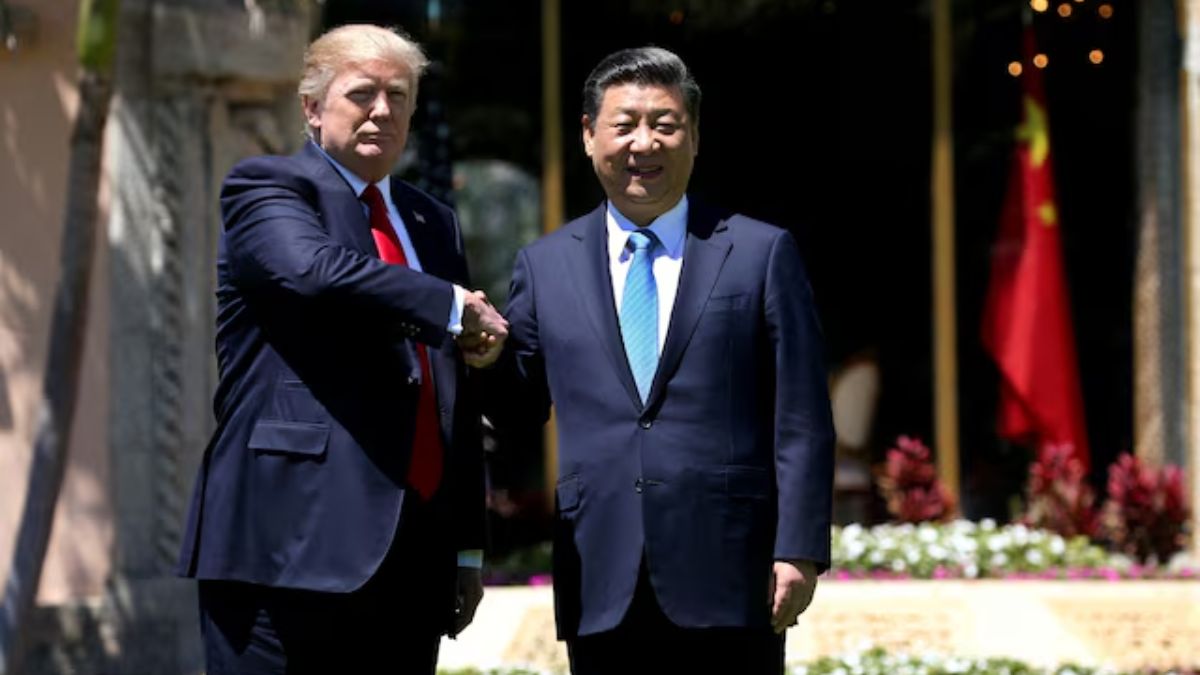)
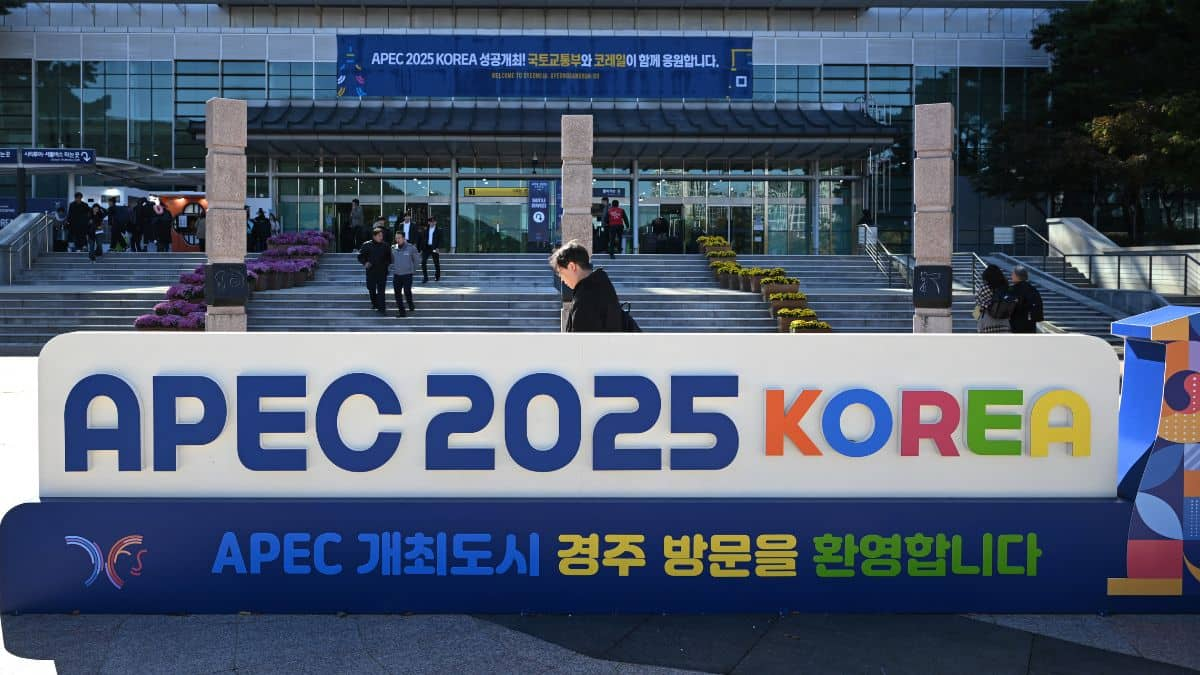
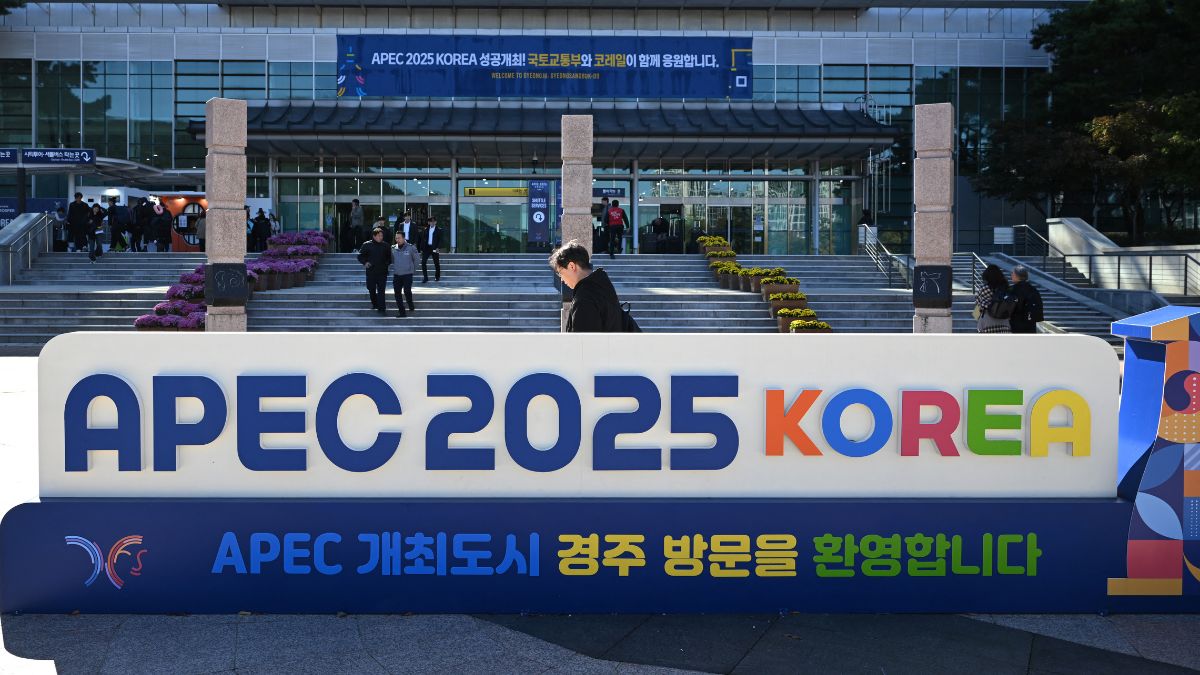)
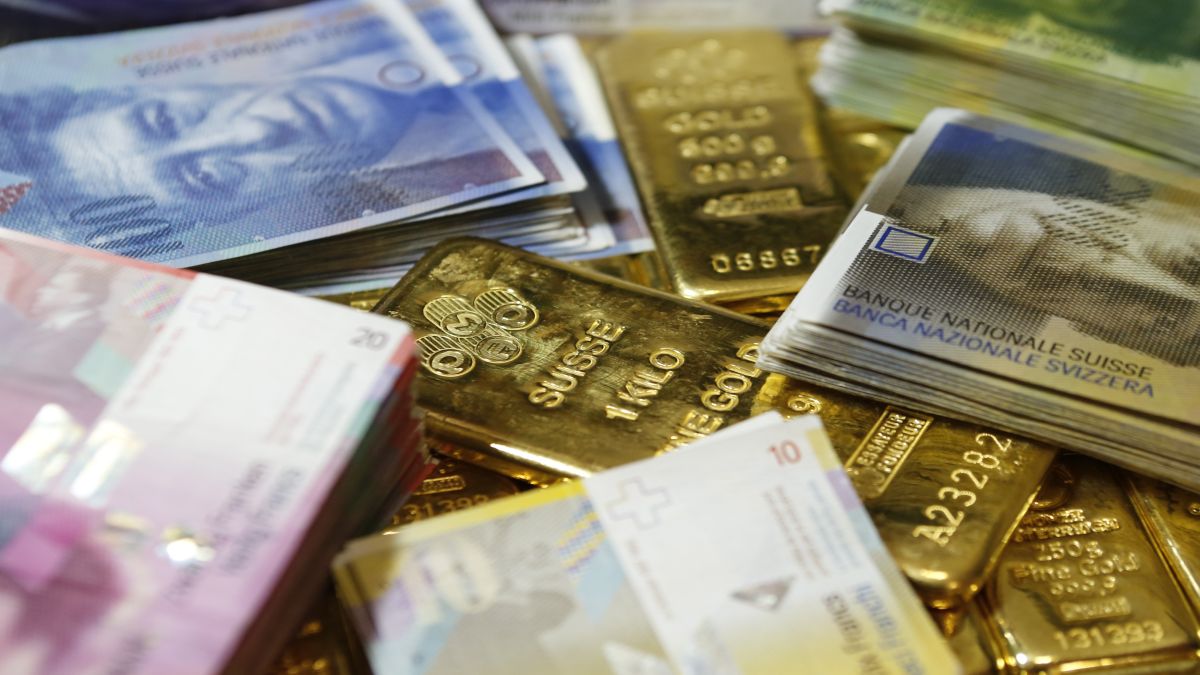)
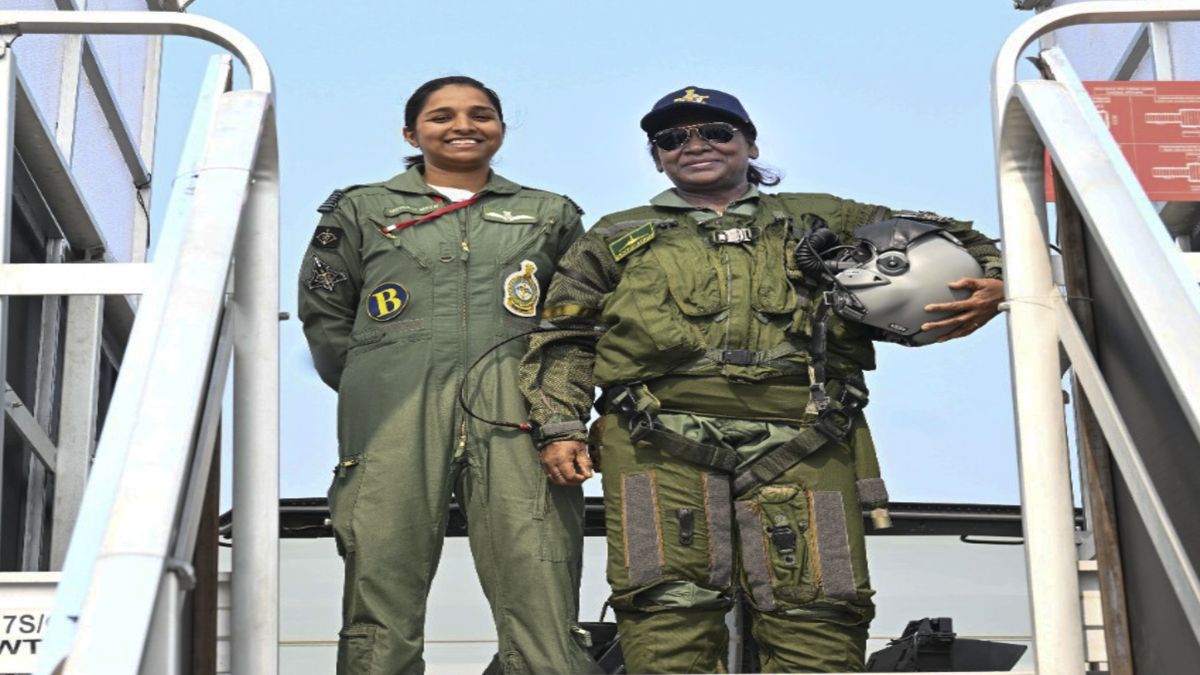)
)
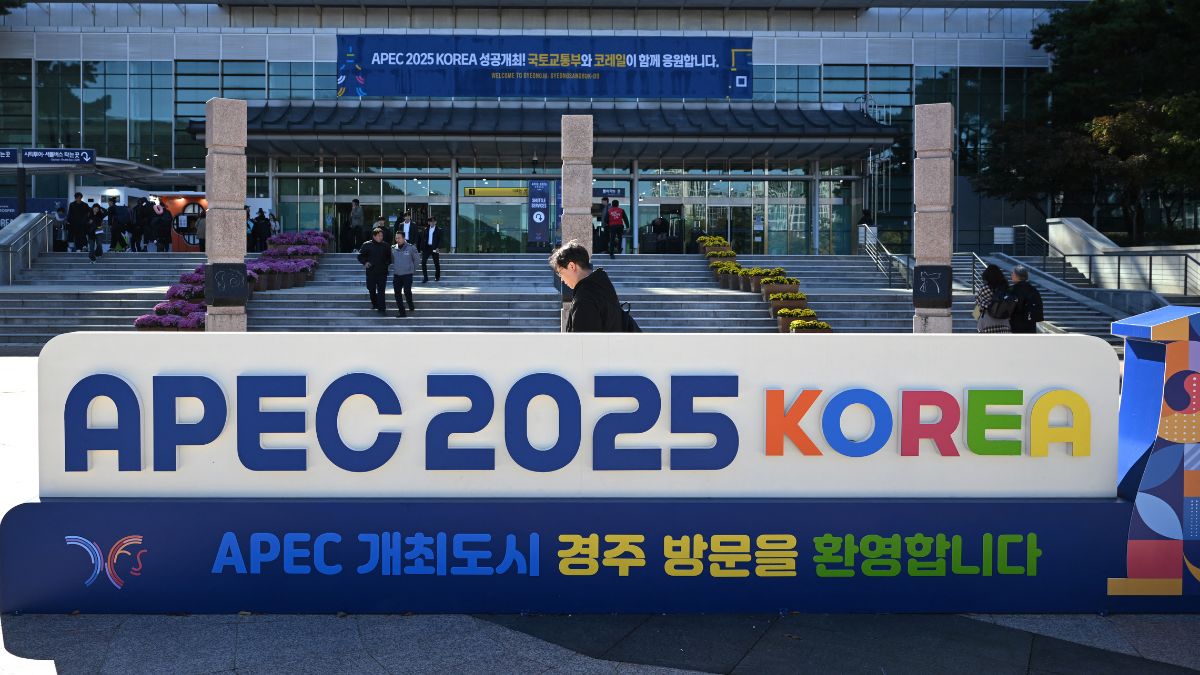)
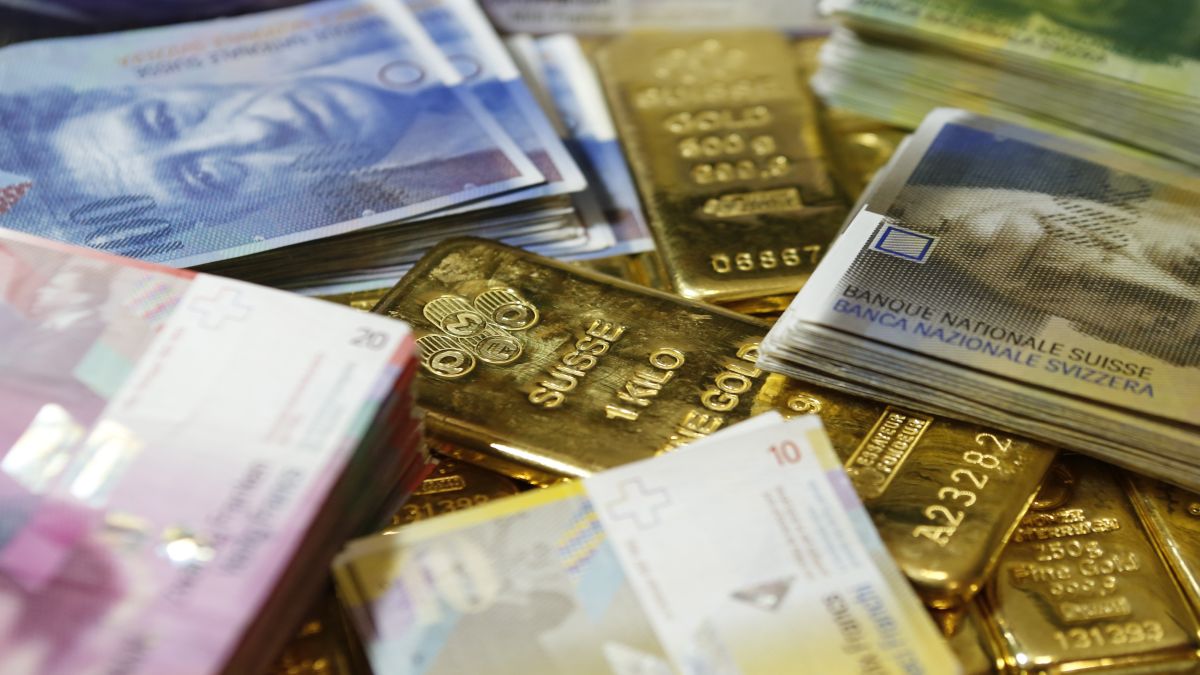)
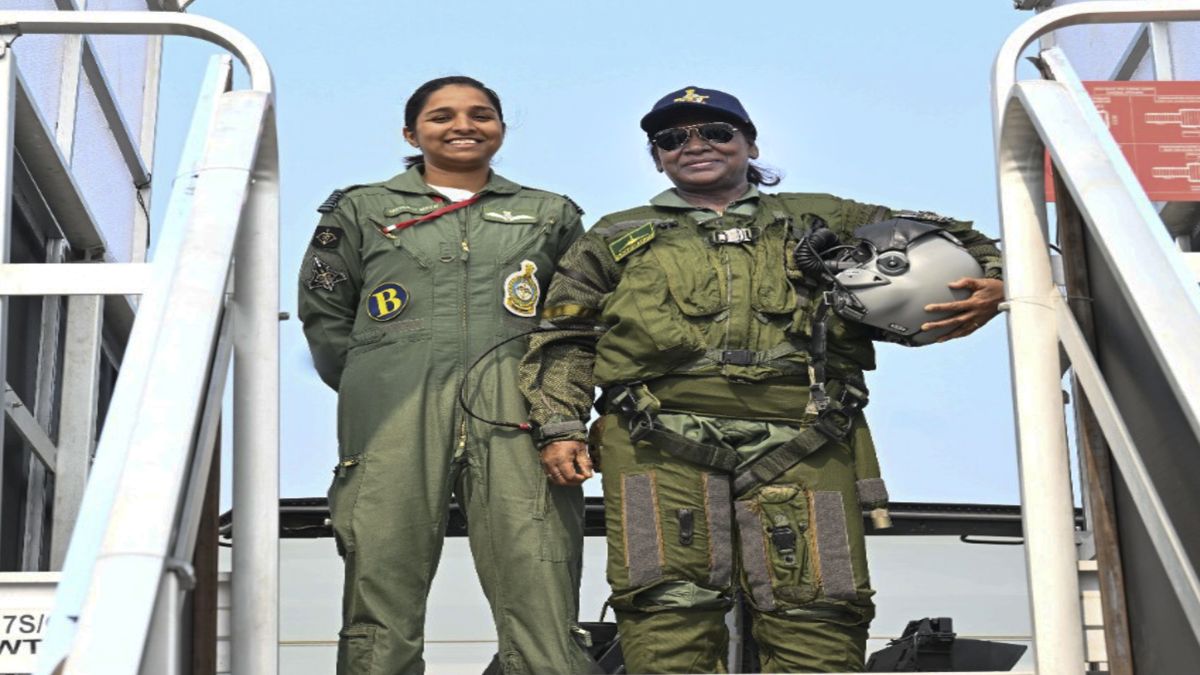)
)



